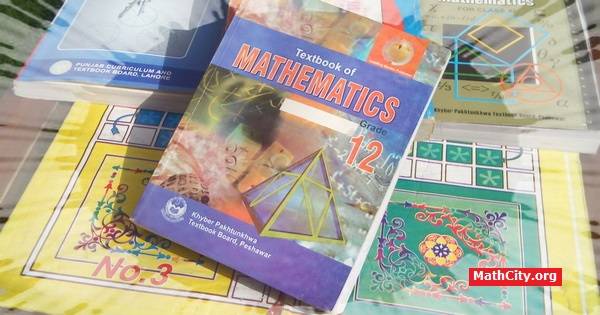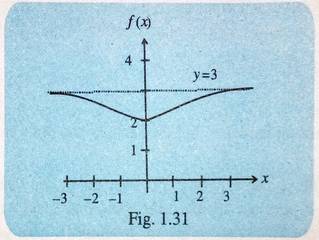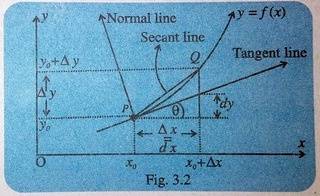FSc Part 2 (KPK Boards)
 Notes of FSc Part 2 of “A Textbook of Mathematics For Class XII” published by Khyber Pakhtunkhwa Textbook Board, Peshawar. We are posting the notes chapter-wise. These notes are shared as open educational resources. This page will be continuously updated.
Notes of FSc Part 2 of “A Textbook of Mathematics For Class XII” published by Khyber Pakhtunkhwa Textbook Board, Peshawar. We are posting the notes chapter-wise. These notes are shared as open educational resources. This page will be continuously updated.
| Author: | Muhammad Ashfaq |
|---|---|
| Type: | Solutions only |
| Sender: | Muhammad Marwan |
| Format: | PDF Scanned (Handwritten) |
Unit 01: Functions and Limits

Objectives
After reading this unit the students will be able to:
- identify the domain and range of a functions through graphs.
- draw the graph of modulus function and identify its domain and range.
- recognize the composition of a function and then to find out the composition of two functions.
- describe the inverse of a function and then to find out the inverse of composition of two functions.
- recognize the algebraic and transcendental functions as well as the concepts of explicit, implicit and parametric functions.
- display graphically the explicit, implicit and parametric functions as well as the compound functions.
- introduce the limit of a function with respect to real number intervals on the real number line, the open and closed intervals and its location on a real number line.
- explain the meaning of x tends to zero, x tends to a and x tends to infinity
- define the limit of a sequence when the limit of a sequence with nth term is given.
- define the limit of a function and the statement of theorems on limits of sum, difference, product and quotient of functions.
- evaluate the limits of a function in case of some special functions.
- evaluate the limit of algebraic, exponential and trigonometric functions.
- introduce the continuous and discontinuous functions.
- recognize the left hand and right hand limits through examples.
- define the continuity of a function at a point and in an interval.
- test the continuity and discontinuity of a function a point and in an interval.
Download
Unit 02: Differentiation
Objectives
After reading this unit the students will be able to:
- distinguish between independent and dependent variables.
- estimate the change in the dependent variable, when the independent variable is incremented or decremented.
- explain the concepts of a rate of change.
- define the derivative of a function as an instantaneous rate of change of variable with respect to another variable.
- define derivative or differential coefficient of a function.
- differentiate $y=x^n$ and $y=(ax+b)^n$ by first principle rule.
- introduce the theorems of differentiation, such as the derivative of a constant function, the derivative of any constant multiple of a function, the derivative of a sum or difference of two functions, the derivative of the product of two functions and the derivative of a quotient of two functions.
- apply theorems of differentiation in solving problems.
- introduce chain rule of differentiation in different situations.
- introduce implicit differentiation of a function.
- introduce differentiation of trigonometric and inverse trigonometric functions.
- introduce differentiation of exponential and logarithmic functions.
- introduce the differentiation of hyperbolic and inverse hyperbolic functions.
Download
Unit 03: Higher Order Derivative and Application

Objectives
After reading this unit the students will be able to:
- Integration
Download
Unit 04: Differentiation of Vector Functions
Objectives
After reading this unit the students will be able to:
- Differentiation
Download
Unit 05: Integration
Objectives
After reading this unit the students will be able to:
- Integration
Download
Unit 09: Integration
Objectives
This unit tells us, how to:
- define the differential equation, its order, degree, general and particular solutions, and its identification as linear and nonlinear ordinary differential equations.
- demonstrate the concept in forming a differential equation.
- solve the first order linear and nonlinear ordinary differential equations by separable variable form, and homogenuous form and then how to reduce differential equations in standard form of homogenuous.
- solve the real life problems related to differential equations.
- define the orthogonal trajectories and then how to show the orthogonal trajectories of the two families of curve.